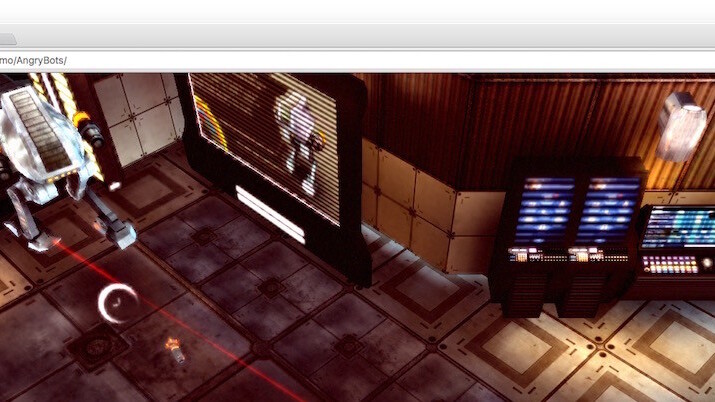
You could be forgiven for missing it in the noise, but yesterday Google quietly announced that it’s added experimental support for a next-generation Web standard to Chrome: WebAssembly.
WebAssembly is a binary format for the Web that’s poised to change the type of applications developers can build, as well as the way they go about it.
For the first time, developers will be able to write in a low-level programming language for Web browsers, offering insane performance improvements in incredibly small file sizes – even better, Microsoft, Google, Mozilla and Apple are collaborating on the standard.
There’s a great in-depth explainer of what WebAssembly means for the Web here, but the gist is this: it’s a way for other languages, like C++, to get real binary support across the Web platform.
It provides low-level building blocks for developers so they can build anything without the restrictions that JavaScript imposes. Ultimately WebAssembly isn’t supposed to replace JavaScript, instead building into the engines that already exist today, like Google’s V8 compiler.
WebAssembly support landing in Chrome is a huge deal for the future of how almost everything on the Web is built and it’s finally becoming a reality.
It’s available only in Chrome’s Canary branch today, and will likely remain there for a long while, but this incredible demonstration shows off just how powerful it can be – you’re able to play a full Unity game that’s been ported to WebAssembly right in your browser.
It’s easy to quickly jump to conclusions and think that WebAssembly might fail as a standard, like Adobe Flash or Google’s Portable Native Client in the years past, but 2ality argues that because it’s a collaborative effort that works with existing frameworks it’s almost certainly going to be a winner.
If you want to start building on WebAssembly, or just test it out, you’ll need to download Chrome Canary and head to chrome://flags/#enable-webassembly. Firefox users can try it out with Nightly builds and Microsoft is working on Edge support internally as well.
➤ Experimental support for WebAssembly in V8 [V8 Blog]
Get the TNW newsletter
Get the most important tech news in your inbox each week.




